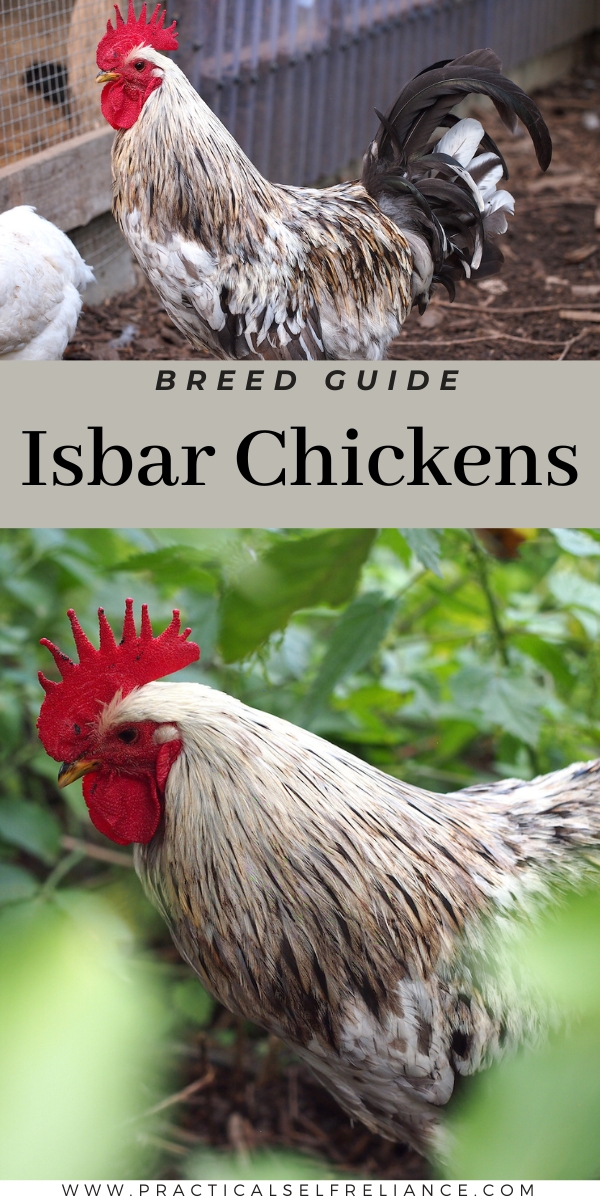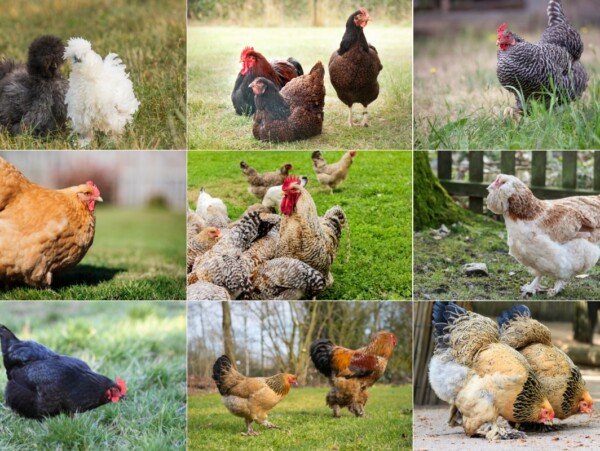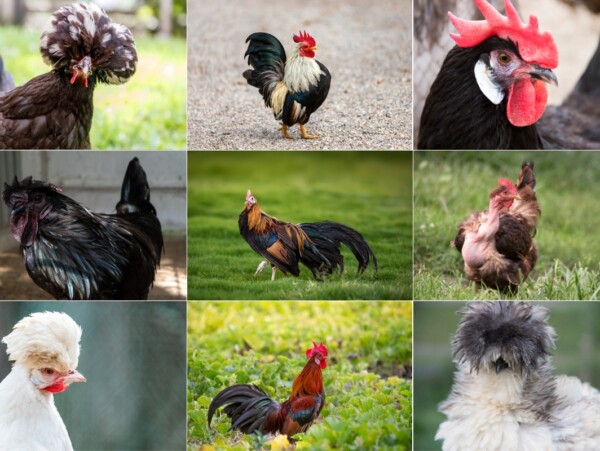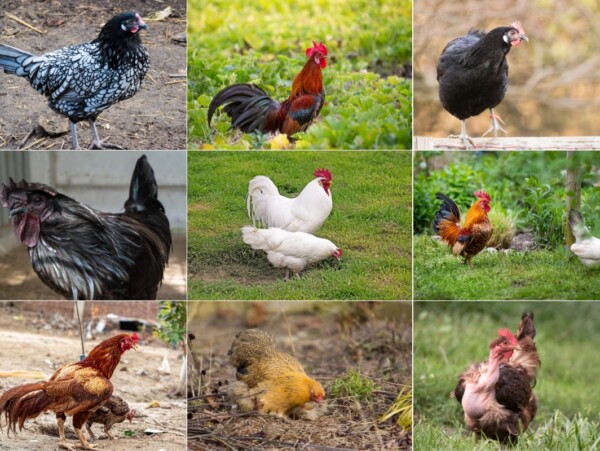Affiliate disclosure: This post may contain affiliate links. Please see our Privacy Policy.
Isbar chickens are a sweet yard companions and excellent egg producer; you’ll find yourself enamored with the beautiful green eggs this breed lays. Despite its small size, its eggs are large, and its foraging skills are sharp—a lovely addition to any flock!

Table of Contents
Chickens that lay green eggs are particularly rare, and there’s only one purebred chicken breed that lays green eggs, Swedish Isbar.
Most green egg-laying chickens (olive eggers) are a cross between brown egg-laying chickens and blue egg-laying chickens. The first generation from that cross will be what’s known as “olive eggers” or “moss eggers,” depending on the shade of the egg.
The trick is, it’s hard to maintain a flock of green egg-laying chickens by constantly crossing for these hybrids.
Isbar chickens from Sweden were developed specifically to solve this problem, and to give you dependably green eggs in your basket, all from a hardy, easy-to-raise chicken breed.
What are Isbar Chickens?
In the 1950s Martin Silverudd began breeding chickens for specific egg colors and feather diversity. It’s thought he was using Rhode Island Reds, New Hampshire Reds, and Cream Legbars in his program. When he passed in the 1980s, he had successfully created the Black and Splash varieties of Isbars, and it’s thought that by cross-breeding with Australorps he also brought about the rare and popular Blue variety.
Because Silverudd wasn’t trying to standardize the Isbar, the chickens in this breed have a wonderful variety of body shapes. Across all varieties, though, you’ll find them to be clean-legged with no muff or beard. And of course, they’ll lay lovely green eggs.
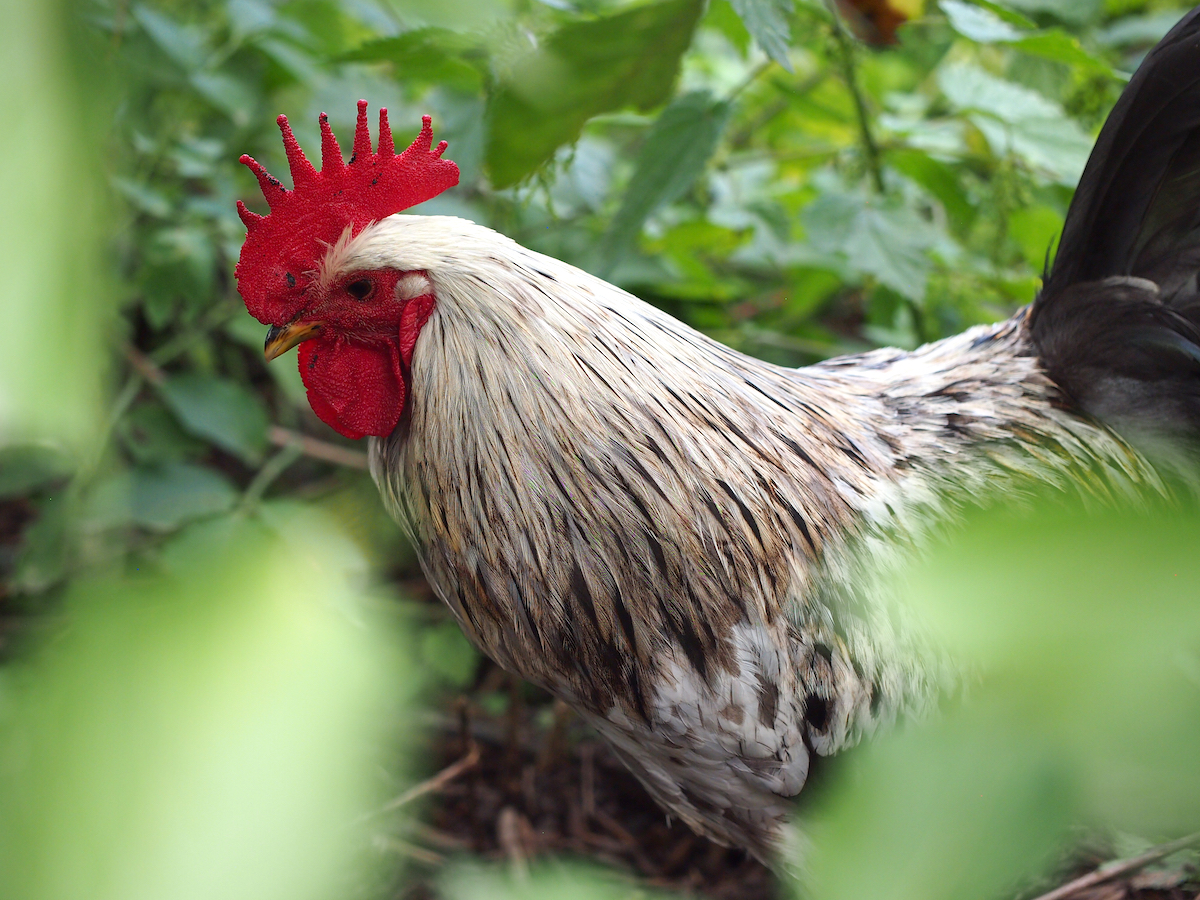
Isbar Chicken Characteristics
Sweet and almost dainty, the Isbar will cheerfully join you for a walk around the yard or to inspect the coop. While these chickens don’t enjoy being pet, they love attention and will be happiest when they have company. As foragers, they’re highly active, and will need time and space to poke around for morsels.
Cold weather is their best climate and they will lay eggs long into the winter once they’ve matured. Their weight is a bit lower than average with males coming in at 6 pounds and females at 5. Even at their heaviest they don’t produce much meat, but they make up for that with egg production.
- Breed Name: Isbar or Silverudd’s Blue (Pronounced: ICE-BAR)
- Breed Type: NA
- Temperament: Friendly and docile
- Size: Medium to small
- Eggs Per Year: 200-230
- Egg Size: Large
- Egg Color: Green
- Lifespan: 6-10 years
- Time To Maturity: 5-6 months
Isbar Breed Standard
As an incomplete breed, the Isbar doesn’t have an official standard. In general, they are clean legged, have medium-sized red wattles, single combs, and small earlobes. The Black variety is raven colored throughout while the Splash has a white base with dabs of blue all over its body. Rarest of the 3, the Blue variety is the most popular and is a solid blue that can range from light to dark. No matter the variation, an Isbar should lay consistently green eggs.
They are not autosexing and you’ll need to wait until they’re about 2-3 weeks old to begin making educated guesses on your hens. Look out for the combs—the males should have theirs come in faster and larger than the females.
Temperament
Hands down one of the sweetest chickens you can add to your yard. While friendly with people and birds in their flock, roosters in this breed are highly protective. You’ll want to keep dogs and cats away as they will be seen as a threat. New chickens will also need to be introduced to the flock slowly to allow the roosters time to accept them into the group.
Hardiness
Cold weather is their climate of choice and what they prefer. Hens will even continue laying well into the dark winter months. However, you’ll want to keep an eye out for any chickens with longer combs—they may be in danger of frostbite.
Egg Production
As an egg producing breed, they shine: their eggs are large and you can easily expect 200-230 eggs per year.
Egg Color
The defining characteristic of this breed is its green eggs. Color may vary from a light to a dark green and you may occasionally see some light brown speckling on your eggs. There is amazing variety in the shades of green you might receive with some eggs edging more into a green-blue color.
While rare, because the breed hasn’t been standardized, an odd hen may lay brown eggs. In order to continue selecting for green, you will need to avoid breeding these hens.
Meat
Dual-purpose this breed is not. You’ll find they produce low-quality meat and not much of it. It’s recommended to keep them for egg production only.
Broodiness
Oddly, this breed is known to be both broody and a poor sitter. It may depend on the individual hen, but you can expect to need to both take your time collecting eggs and incubate any eggs you want to hatch.
Foraging Ability
Top-shelf foragers here! Time and space to scrounge up their own food is a necessity. As a lighter weight bird, they’ll keep your feed costs low. Roosters are alert and prepared to be aggressive with any predators threatening their flock.
Cross Breeds
Martin Silverudd had Rhode Island Reds, New Hampshire Reds, Cream Legbars, and Australorps on his farm. While it isn’t clear if there were any other breeds crossed in to make the Isbar we know today, these are thought to be the foundational ones.
Common Health Issues
Isbars are known to have inbreeding depression. If purchasing your chicks, make sure their parents come from different flocks to avoid this issue as it can lead to chronic respiratory disease.
Even with this precaution taken, you’ll want to keep your yard clean to avoid letting them come into contact with any bacteria or pests. Chickens with inbreeding depression are much more susceptible to picking up diseases.
Pros and Cons of Isbar Chickens
Pros:
- Excellent egg layers
- Friendly and sweet
- Beautiful eggs
- Low food costs
- Winter laying
Cons:
- Inbreeding depression
- Need lots of space
- Not dual purpose
Tips for Raising Isbar Chickens
As with any other foraging breeds, they will need adequate space to roam and access to good quality feed in between foraging sessions. When prepping your yard, make sure you can keep your dogs and cats from their area as they can cause stress in the chickens. Additionally, you’ll want to make sure you choose a space that will be easy to keep clean of waste and pests.
Owners have reported it can be difficult to get Isbar hens to use their nesting boxes. Placing a few golf balls into the nesting should help encourage the hens to sit.
If raising chicks, don’t be alarmed if the pullets and cockerels seem skittish and flighty. This is common and as they mature they’ll calm down and become more friendly.
Isbar Chicken FAQ
You can find a short summary below!
Friendly and curious! Isbars enjoy company and will happily tag along to explore the yard with humans or other birds. Most owners describe their personalities as sweet and docile. Petting isn’t their favorite interaction, but they’ll be patient with any little ones learning to care for them.
Yes! This breed is predominately raised for egg laying. You can expect about 3-4 eggs per week and anywhere from 200-230 per year.
A lovely green egg. The hue can range anywhere from a pale minty green to a darker, more mossy color. Some eggs will have light brown speckling to them.
Yes, they are broody. Strangely, though, despite being broody, they don’t make for good sitters. You should plan to incubate any eggs you would like hatched.
They have a medium to smallish-sized body. At most hens will weigh in around 5 pounds and roosters will stop at 6.
Ultimately, no. While roosters have some meat on them, you won’t be getting much.
Martin Silverudd wanted an autosexing breed, but Isbars are not gendered at birth. You should be able to make an educated guess at about 2-3 weeks old.
Very much! Breeding began in Sweden and the long, dark, cold winters hardened them to be a tough bird. Egg laying goes deep into the winter for Isbars for this reason.
For any of your chickens with longer combs, you may want to keep an eye out for frostbite on the coldest nights. A dab of Vaseline can help protect their combs at low temperatures.
On average, they’ll live 6-10 years old. Hens mature at about 5-6 months old and will lay eggs until they’re about 6-7 years.
Yes, this is a beginner-friendly breed. Just as with all chickens, they’ll need proper housing and care. If you’re looking to breed your own Isbars, be aware they don’t breed true to color: two blue Isbars will not guarantee blue chicks.
However, all chickens that lay green eggs should have offspring that lay green eggs.
Chicken Breed Guides
Looking for more chicken breed guides?
- Salmon Faverolle Chickens
- Barnevelder Chickens
- Jersey Giant Chickens
- Bielefelder Chickens
- Orpington Chickens
Chicken Keeping Guides
Looking for more chicken-keeping guides?
- How Much Does it Cost to Keep Chickens?
- Beginner’s Guide to Chicken Egg Colors
- What’s the Difference Between a Duck Egg and a Chicken Egg?
- How to Raise Chickens (Beginner’s Guide)
- How to Raise Baby Chicks into Adult Hens
- 12 Best Egg Laying Chickens for Beginners
